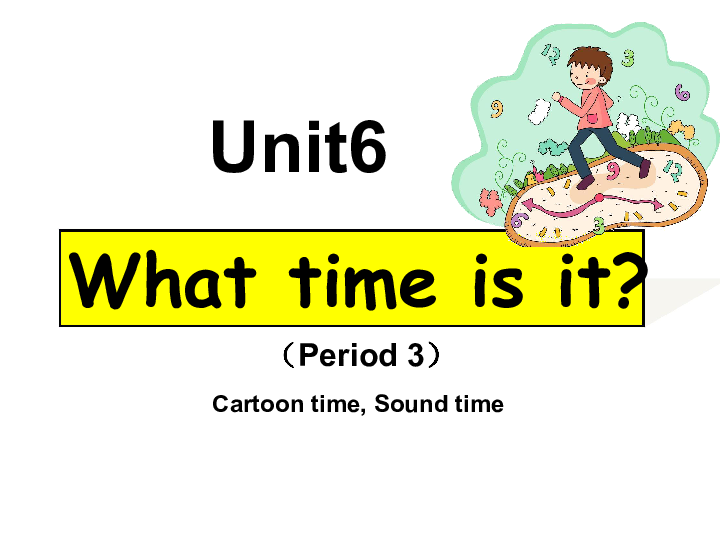### Understanding What is Refinancing a Loan: A Comprehensive Guide
#### What is Refinancing a Loan?Refinancing a loan refers to the process of replacing an existing loan with a new one, usually with different terms. This ca……
#### What is Refinancing a Loan?
Refinancing a loan refers to the process of replacing an existing loan with a new one, usually with different terms. This can involve obtaining a new loan to pay off the original loan, often with a lower interest rate, a different repayment period, or other favorable terms. The primary goal of refinancing is to reduce monthly payments, lower the overall interest paid, or access equity in the property.
#### Why Consider Refinancing?
1. **Lower Interest Rates**: One of the most common reasons for refinancing is to take advantage of lower interest rates. If market rates have dropped since you took out your original loan, refinancing can help you secure a lower rate, which can significantly reduce your monthly payments and the total cost of the loan over time.
2. **Change Loan Terms**: Refinancing allows borrowers to change the terms of their loans. For instance, you can switch from a 30-year mortgage to a 15-year mortgage, which may increase monthly payments but decreases the total interest paid over the life of the loan.
3. **Access Home Equity**: Homeowners can refinance to access the equity they have built in their homes. This can be done through a cash-out refinance, where you borrow more than what you owe on your mortgage and take the difference in cash. This can be useful for funding home improvements, paying off debt, or covering other expenses.
4. **Consolidate Debt**: Some individuals refinance to consolidate high-interest debt into a lower-interest loan. This can simplify finances and reduce the total interest paid, making it easier to manage monthly payments.

5. **Switching Loan Types**: Borrowers may also choose to refinance to switch from an adjustable-rate mortgage (ARM) to a fixed-rate mortgage. This can provide stability in monthly payments, especially in a rising interest rate environment.
#### The Refinancing Process
1. **Evaluate Your Current Loan**: Before refinancing, assess the terms of your current loan, including the interest rate, remaining balance, and any prepayment penalties.
2. **Research Lenders**: Shop around for lenders and compare their offers. Different lenders may provide varying rates and terms, so it’s essential to find the best deal.
3. **Check Your Credit Score**: A higher credit score can lead to better refinancing options. Check your credit report for any errors and work on improving your score if necessary before applying.
4. **Gather Documentation**: Lenders will require documentation, including proof of income, tax returns, and information about your current mortgage. Having these documents ready can expedite the process.

5. **Apply for the Loan**: Once you’ve chosen a lender, submit your application. The lender will review your financial situation and credit history to determine eligibility.
6. **Close the Loan**: If approved, you’ll go through the closing process, which involves signing documents and paying any closing costs. Once completed, the new loan will pay off the original loan.
#### Potential Drawbacks of Refinancing
While refinancing can offer many benefits, it’s essential to consider potential drawbacks:
- **Closing Costs**: Refinancing often comes with closing costs that can range from 2% to 5% of the loan amount. It’s crucial to calculate whether the savings from a lower interest rate outweigh these costs.
- **Longer Loan Term**: If you refinance to a new loan with a longer term, you may end up paying more in interest over time, even if your monthly payments are lower.

- **Impact on Credit Score**: The refinancing process involves a hard inquiry on your credit report, which can temporarily lower your credit score.
#### Conclusion
In summary, understanding what is refinancing a loan is essential for borrowers looking to improve their financial situation. It can provide opportunities for lower interest rates, altered loan terms, and access to home equity. However, it’s crucial to weigh the benefits against the potential drawbacks and costs involved in the refinancing process. By conducting thorough research and assessing your financial needs, you can make an informed decision that aligns with your long-term financial goals.